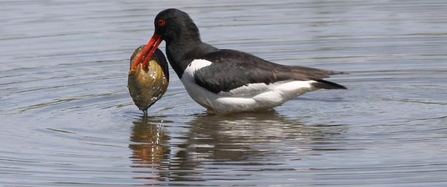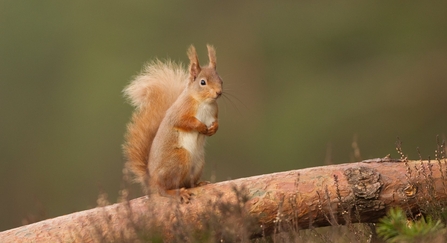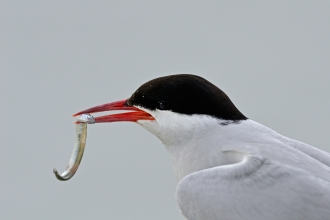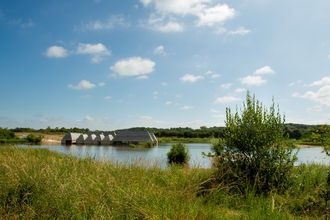Although winter is often associated with a sense of decay and decline in the natural world, this couldn't be further from the truth. Winter is a fabulous time to observe wildlife, as Britain’s coastline and nature reserves burst into life with a diverse selection of overwintering birds and other wild creatures.
Starling murmurations
It wouldn't be winter without the spectacle of murmurating starlings. Murmurations take place throughout the winter months when our own starlings are joined by thousands more from right across continental Europe. As dusk falls the starlings gather to roost, propelling themselves into the air en-masse to commence their hypnotic display, before rapidly gliding down into reedbeds for the night. This spectacular demonstration is not just visually impressive, but also serves an important purpose. By gathering in large numbers and swirling with reckless abandon, starlings effectively protect themselves from potential predators.
The best places to observe this true wonder of nature are Brockholes, Lunt Meadows and Wigan Flashes, at dusk from November onwards.





